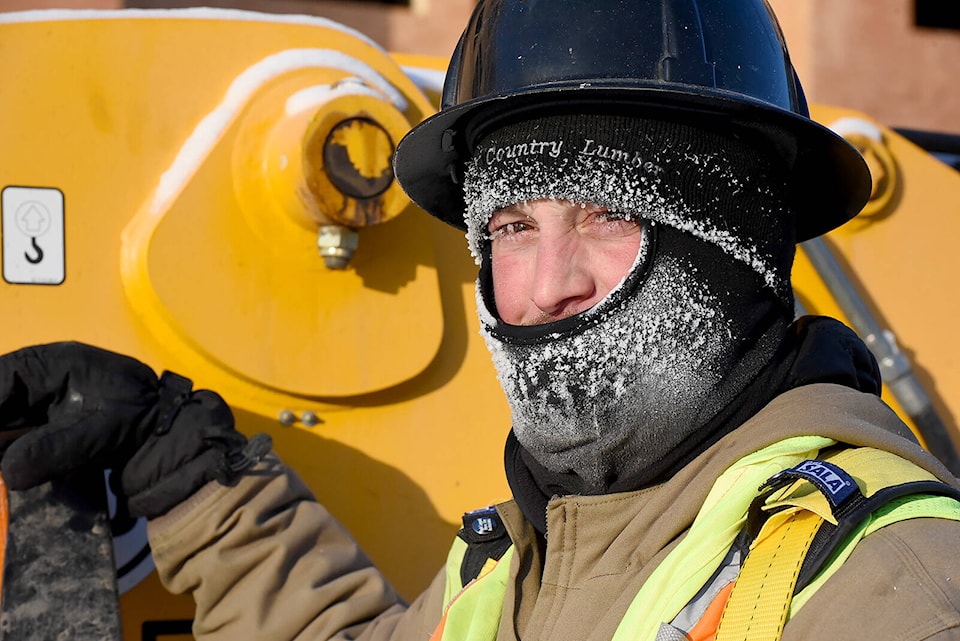Workers and employers in Northern and Central B.C. urged to take precautions when working in cold weather.
WorkSafeBC is reminding employers to update risk assessments as conditions change.
With cold temperatures and winter conditions in the forecast for northern and central B.C., WorkSafeBC is reminding employers and workers to take precautions when working outdoors.
Workers can suffer serious injuries when working in extreme cold without adequate protection or preparation
“The temperature in the Peace region, Elk Valley, Chilcotin, and Prince George is expected to feel like - 45C in the days ahead,” says Barry Nakahara, senior manager, Prevention Field Services for WorkSafeBC. “Without proper clothing and equipment, cold-weather injuries like frostbite can occur in a matter of minutes.”
Between 2018 and 2022, there were 93 claims accepted by WorkSafeBC for injuries related to cold stress in B.C, including frostbite, hypothermia and abrasions — with 82 per cent of those injuries occurring during the winter months (November – March.)
Employers should conduct risk assessments in advance of changing work conditions. Employers are responsible for managing risks in the workplace and taking reasonable steps to prevent injuries. Changing workplace conditions — including changes in weather — mean that risk assessments must be revisited on a regular basis.
“Engaging frontline workers in risk assessments is important as they will have some valuable insights on how to effectively address the challenges,” says Nakahara.
WorkSafeBC provides the following safety tips for working in cold weather:
- Layer clothing to allow sweat to escape and trap heat.
- Wear warm head covering.
- Protect hands and feet. Wear waterproof boots and always wear gloves or mittens.
- Schedule breaks away from the cold. Fatigue is a risk factor in the cold.
- Stay hydrated. Limit the amount of coffee or tea and avoid alcohol.
- When possible, heat the working environment. For example, heated shelters help protect construction workers from cold and damp environments.
Workers or employers with questions about working in cold weather are encouraged to call WorkSafeBC’s Prevention Information Line at: 1-888-621-7233.
More information about cold stress can be found online at: worksafebc.com.
About WorkSafeBC:
WorkSafeBC engages workers and employers to prevent injury, disease, and disability in B.C. When work-related injuries or diseases occur, WorkSafeBC provides compensation and support to people in their recovery, rehabilitation, and safe return to work. We serve approximately 2.6 million workers and 270,000 employers across B.C.
